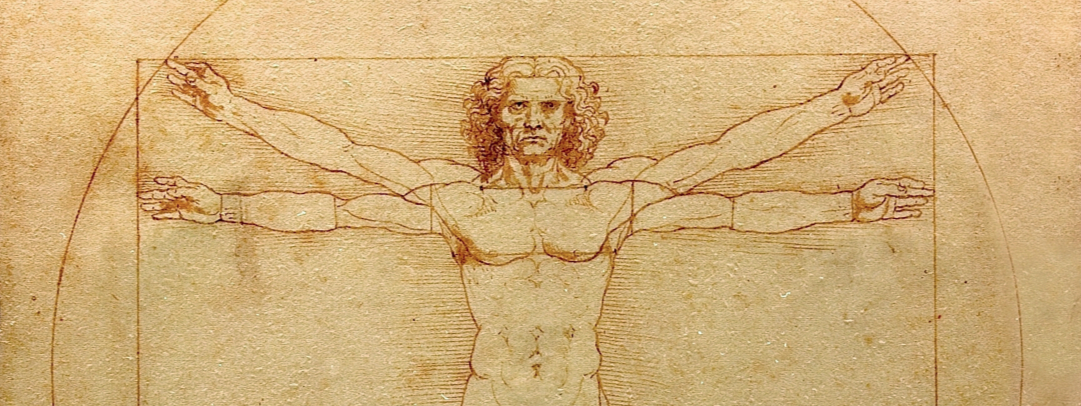Nature News
Image: mdwombat
Around 500 years ago, Leonardo da Vinci briefly focused his attention on fossils — and inadvertently triggered a mystery that remains unsolved.
A page of Leonardo’s Paris Manuscript I is covered in sketches of marine fossils; among them is a honeycomb-like array of hexagons that palaeontologists think might constitute the first recorded observation of an enigmatic trace fossil called Paleodictyon. The fossil is thought by many paleontologists to be an imprint of burrows made by an animal living in loose sediment on the sea floor. Examples of Paleodictyon have been found that date back to the Cambrian period, 542 million to 488 million years ago, and similar structures are still being made on the sea floor today.
But the identity of the animal that generates the hexagons remains elusive. A set of similar, but simpler, fossils could explain why — and one researcher says that they could show that organisms started caring for their young millions of years earlier than thought. Read more on nature.com…








